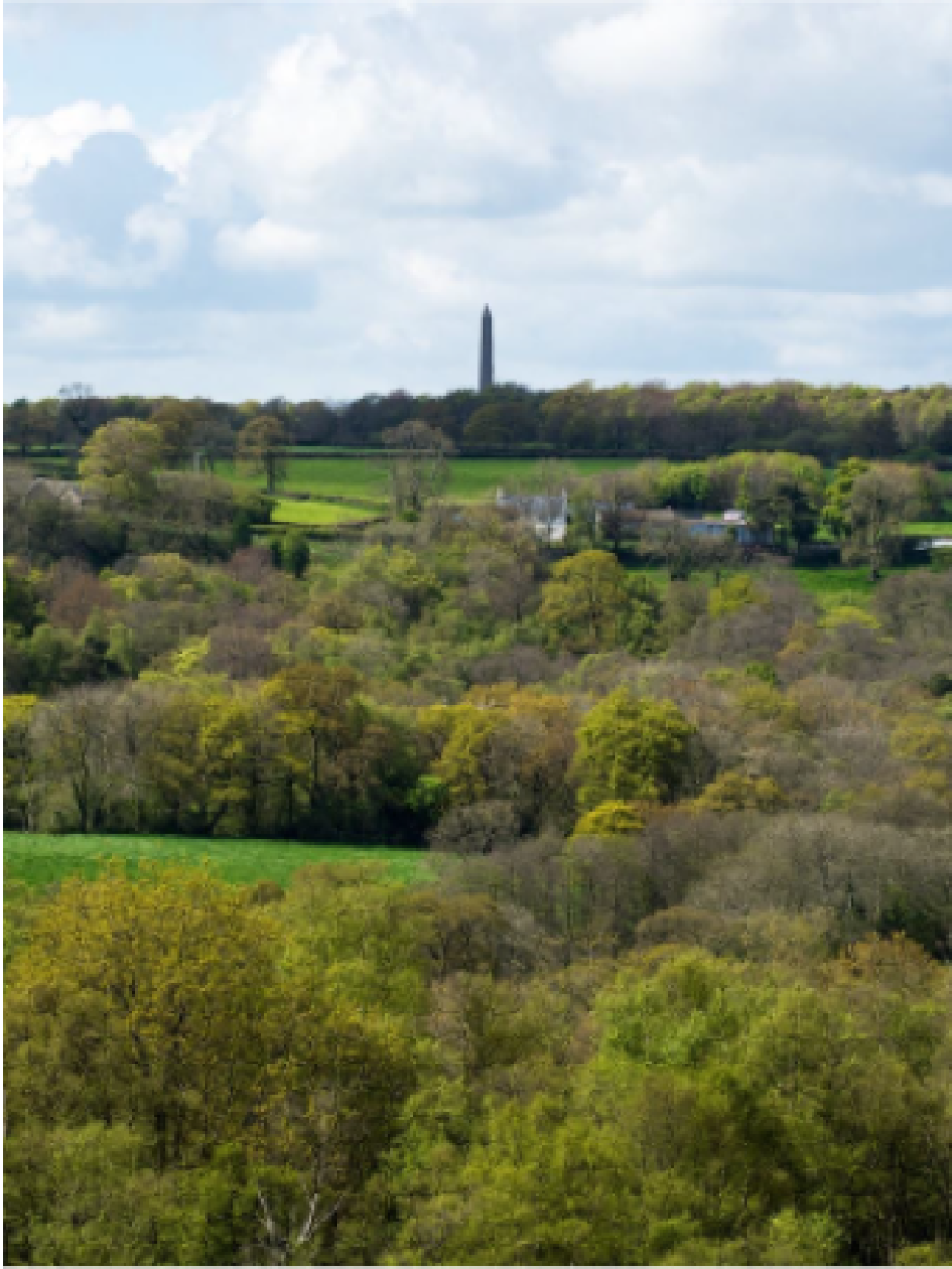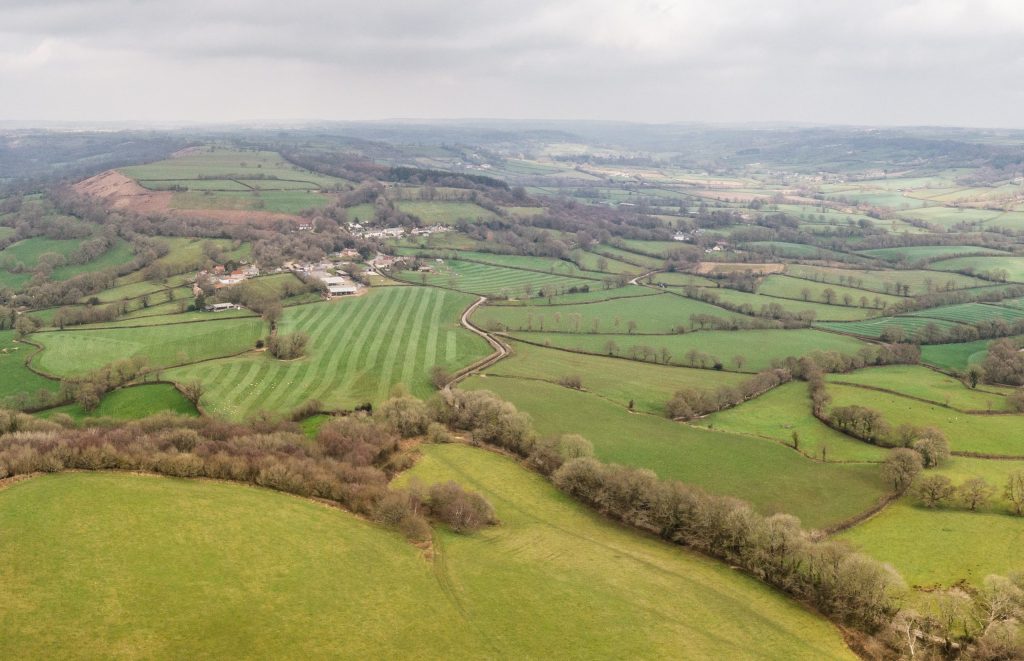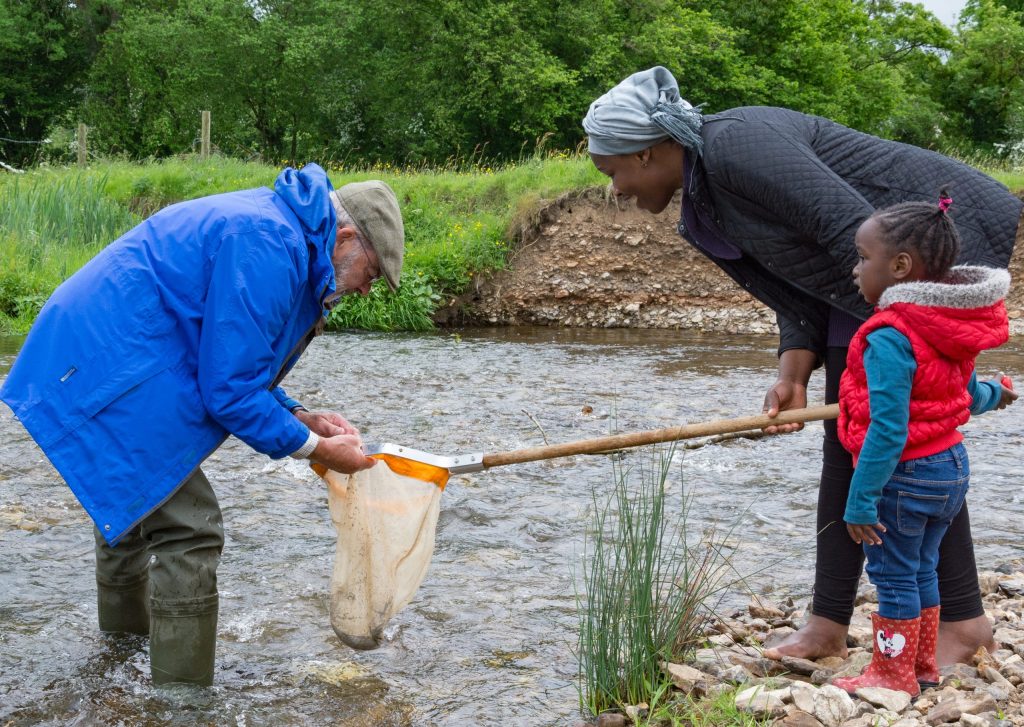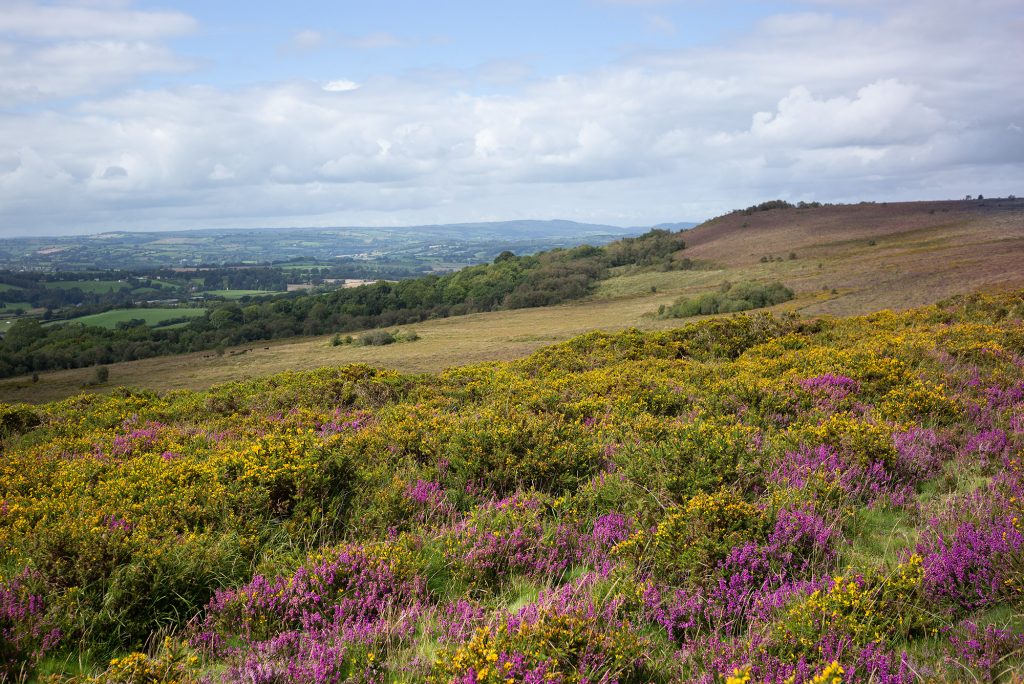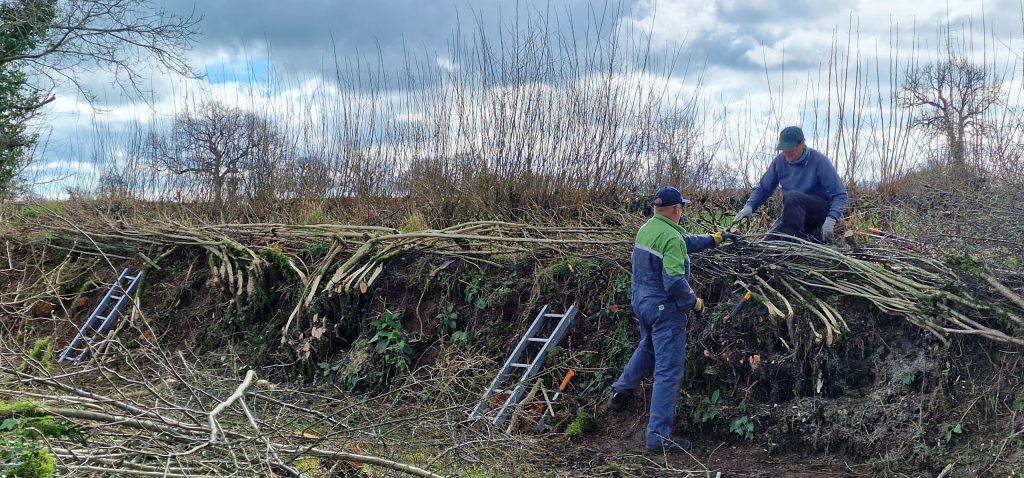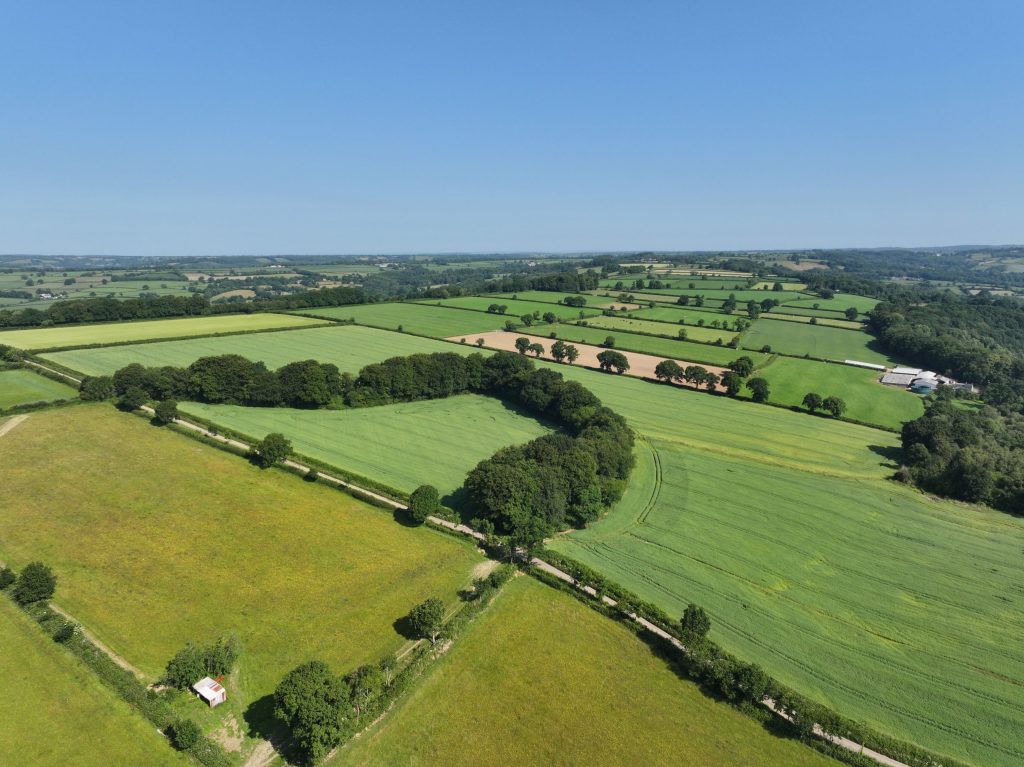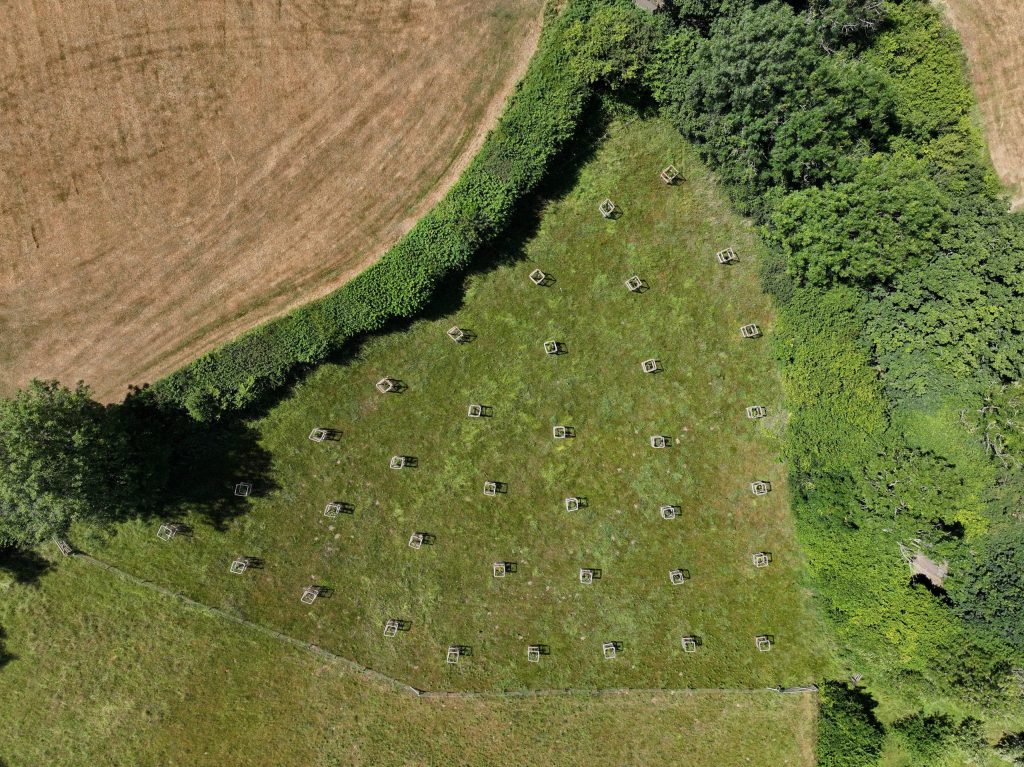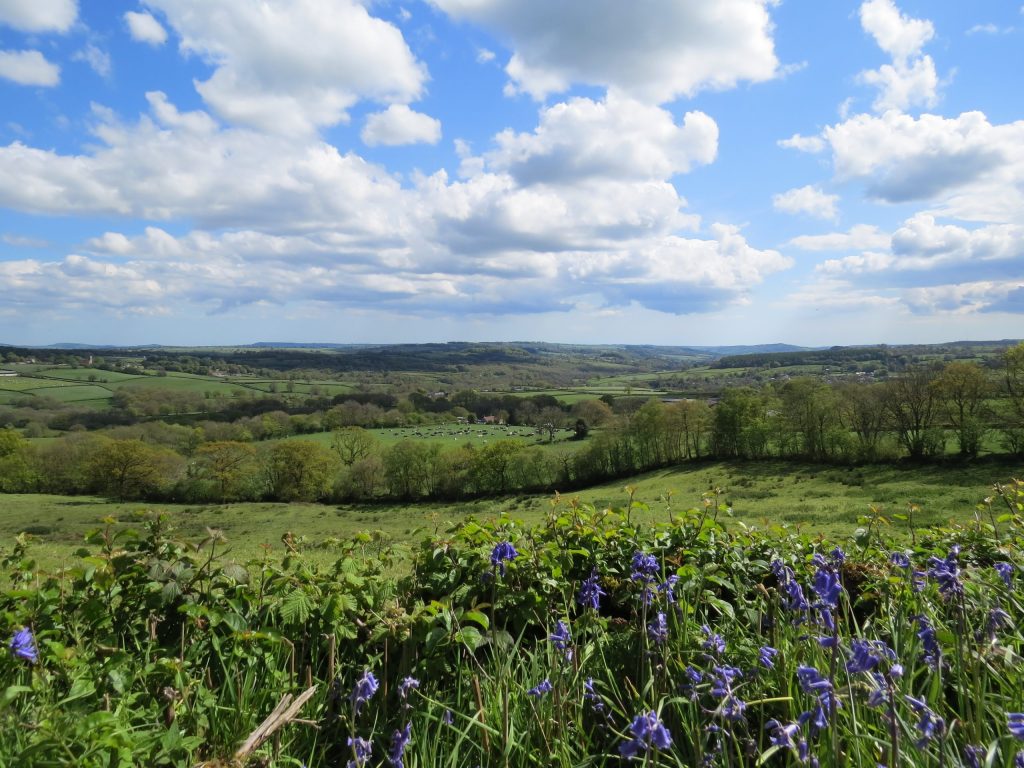The Blackdown Hills National Landscape Management Plan:
- Describes the special qualities of the Blackdown Hills National Landscape
- Explains why the Blackdown Hills National Landscape is important
- Sets out an agreed vision for its future
- Identifies the challenges and opportunities for the area, and how these will be tackled.
The Management Plan is reviewed every five years and is supported with an annual business plan. Blackdown Hills National Landscape’s annual business plan is an internal working document. It sets out the key activities, core work and projects to be undertaken by the National Landscape team and the key members of Blackdown Hills National Landscape Partnership to contribute to delivering the management plan.
Blackdown Hills National Landscape Management Plan 2025-2030
How to use and navigate this Management Plan
Chairman’s foreword
Ministerial letter of support
Chapter 1: Introduction
Chapter 2: Special qualities
Chapter 3: Vision
Chapter 4: Place
Chapter 5: People
Chapter 6: Nature
Chapter 7: Climate
Chapter 8: Delivery and monitoring
Appendices
Appendix 1
Appendix 2
Appendix 3
Appendix 4
Strategic Delivery Plan
Document framework
The Management Plan sits within a structured hierarchy of strategic documents which work together to guide long-term vision, set objectives, define actions, and monitor progress. The following table outlines the key documents and their roles within this framework:
| Document | Purpose and content |
|---|---|
| Blackdown Hills National Landscape Management Plan 2025-2030 | Includes a 20-year vision and sets the overarching direction for the work of the National Landscapes Partnership. Includes a set of objectives and policies that seek to conserve and enhance the natural beauty of the Blackdown Hills National Landscape address key issues and identify opportunities for positive change. Structured around four themes – Place, People, Nature, and Climate – each with defined objectives, principles, policies, a vision, and a clear approach to addressing key challenges and opportunities. Aims to inform and influence decisions, stimulate and prioritise action, promote collaboration, and help prioritise resources. Jointly owned by the component local authorities. Audiences include local authorities, members of the Blackdown Hills National Landscape Partnership, public bodies, landowners and managers, local communities and businesses. |
| Strategic Delivery Plan 2025-2030 | Embedded within the Management Plan. Translates the objectives of the Management Plan into high-level actions and delivery goals for the Blackdown Hills National Landscapes Partnership to deliver agreed, measurable outcomes over five years. Focuses on strategic priorities and key programmes, projects, and partnerships. Aligned with the four Management Plan themes: Place, People, Climate, Nature. Its audience includes National Landscapes staff team, National Landscapes partners, funding partners and other stakeholders. The Delivery Plan is subject to change – first version August 2025. |
| Annual business plans (2025-2026 and annually) | Informed by the Strategic Delivery Plan. Sets out the key priorities and actions for the National Landscape Partnership. Lists objectives and delivery actions under each theme: Place, People, Climate and Nature. Maintains a clear thread from the long-term vision through to specific actions, ensuring that each priority contributes directly to the objectives and policies of the Management Plan. Provides the financial figures for the Defra grant, and the support agreed by the local authority funding partners. Clarify lead/support roles for delivery: some actions are led by the Blackdown Hills National Landscape team, while others are delivered in partnership or supported by the team with leadership from other National Landscape partners. |
| Monitoring and evaluation | Uses the Protected Landscape Targets and Outcome Framework (PLTOF) and other indicators. Aligns with wider strategies such as the Environmental Improvement Plan (EIP), Local Nature Recovery Strategies, and Climate Action Plans. Demonstrates impact and delivery of objectives. |



